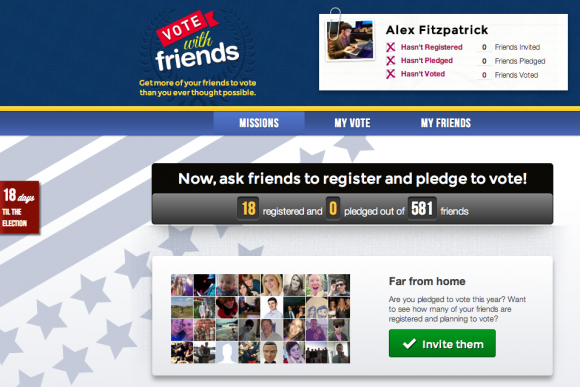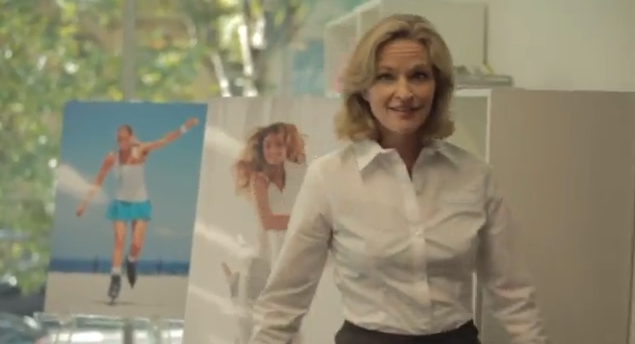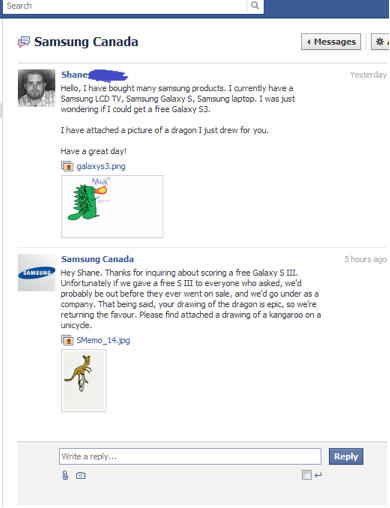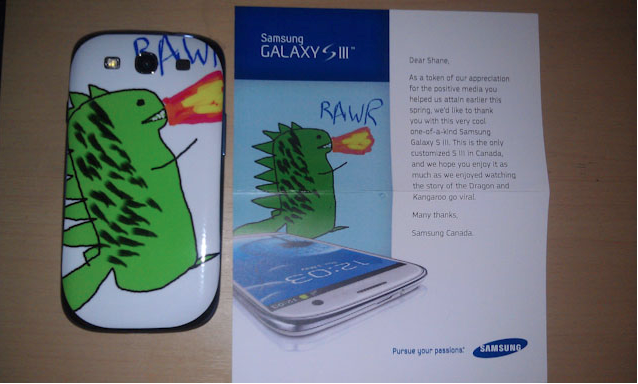Software giant Microsoft is launching the Windows 8 version of its operating system this week, and suffice it to say that it's radically different from Windows 7. The familiar Start button and menu are gone, for example, replaced by a series of large, colorful tiles. And there's a new feature called the "Charm Bar."
Give Microsoft credit for innovation. But will corporate customers rush to embrace the change, or will they resist it at first? Signs point to resistance, according to Rosabeth Moss Kanter, the Ernest L. Arbuckle professor of Business Administration at Harvard Business School, and a leader in the field of change management. "Even in an era where young techies are looking to get the hottest and latest, people are resistant to change," she says.
Microsoft's launch of the new operating system accompanies its launch of a new tablet PC, the Surface RT, which will compete against Apple iPad. And industry observers have noted similarities between Apple's tightly-controlled marketing tactics and Microsoft's marketing campaign for the upcoming OS—Microsoft is even using indie rock music in its Windows 8 advertisements.
But what works for Apple might not work for Microsoft. Alas, when it comes to embracing the latest technology, consumer hardware and corporate software are as different as apples and orang… well, as different as Apples and corporate software. "Software is the method by which people do their work, and if you're requiring a radical change in how they do their work, it's a lot to ask," Kanter says.
"If you're requiring a radical change in how they do their work, it's a lot to ask"
In a September blog post for Harvard Business Review, Kanter discusses 10 of the most common reasons people resist change, in the context of leadership. This week, Kanter sat down with HBS Working Knowledge to discuss how these same reasons might hinder corporate adoption of Windows 8.
1. Loss of Control—Unsolicited change naturally meddles with autonomy, and the world's IT directors and other department heads may not appreciate having a completely different operating system thrust upon them from on high. "People don't like it when they're forced to change their plans, rather than determine the changes they want to make," Kanter says.
2. Excess Uncertainty—"People will often prefer to remain mired in misery than to head toward an unknown," Kanter explains in her blog post.
"There will be questions about Windows 8," Kanter says. "Will it work? Will it help me? Will this require further upgrades as Microsoft fixes the bugs? People might wait until there's more certainty, reasoning that if the current software works well, then why should they change?"
3. Surprise, surprise!—Sudden change almost always faces resistance, Kanter says. To that end, Microsoft has made a point of preparing the public for Windows 8, briefing the press months in advance and even offering downloadable preview version. Still, Kanter wonders, "Has there been sufficient time for the influencers to get used to this and help other people get used to it? And why launch on October 26? There's a lot going on in the world right now."
4. Everything seems different—Drastic change is more uncomfortable than incremental change, Kanter explains. And early reviews indicate that Windows 8 feels like a journey into the unknown. She cites the Wall Street Journal's Walt Mossberg, who reports, "even its most devoted users won't recognize the venerable computer operating system in this new incarnation."
 "Of course all change brings difference, but how many differences can we handle at once?" Kanter asks. "In Windows 8 there's the tile interface, there's no more start button, there's this 'Charm Bar'… These tools may work well, but human psychology says that if it's too different and too jarring, you turn away from it. You don't want to have to think about the tool. You want to think about the job you need to get done."
"Of course all change brings difference, but how many differences can we handle at once?" Kanter asks. "In Windows 8 there's the tile interface, there's no more start button, there's this 'Charm Bar'… These tools may work well, but human psychology says that if it's too different and too jarring, you turn away from it. You don't want to have to think about the tool. You want to think about the job you need to get done."
5. and 6. Loss of face and Concerns about competence—Let alone dealing with a change that wasn't their idea, people don't like it when a change makes them feel incompetent. And some early reviews of Windows 8 indicate that it's not much of an ego booster. In the comments section of a review on cnet.com, beta-testing computer science teacher 'jabnipnip' vented: "Sure it loads fast, but you lose productivity time just trying to figure out how to do things like print! No joke. Open up a PDF in the native viewer and you have to 'intuitively' know to press ctrl + p to print the file. I can't tell you how many times I've sat there getting angry trying to figure out how to get something done. I'm not an idiot when it comes to computers, but this OS made me feel like one."
"Your software should not make anyone feel like an idiot," Kanter advises.
7. More work—This is an unavoidable biggie. Change generally requires work. That can feel like an irony when it comes to a software upgrade that's advertised as a tool to make work easier. Even the most positive reviews of Windows 8 have acknowledged a steep learning curve, which is likely to induce some chafing among the weary corporate masses.
"We're talking about an incredibly overloaded population of people who don't need more work," Kanter says. "They need something to do the work for them, like Siri."
8. Ripple effects—"Like tossing a pebble into a pond, change creates ripples, reaching distant spots in ever-widening circles," Kanter writes in her HBR blog post.
"Your software should not make anyone feel like an idiot"
There are key ripple effects inherent in adopting a drastically different operating system, she says. Confused individual users are likely to overload the IT department with "how-do-I" requests. Managers may be late for meetings as they try in vain to find their calendars with the new user interface. And so on. Some problematic are more likely than others, but "concern about ripple effects can cause considerable foot-dragging when it comes to change," Kanter says.
9. Past resentments—"Leaders should consider gestures to heal the past before sailing into the future," Kanter writes. "The ghosts of the past are always lying in wait to haunt us."
We have two ghostly words for Microsoft: Windows Vista. It's been nearly six years since the launch of that version of Windows, but harried IT managers may never forget the glitches. (PC World magazine rated Vista the Biggest Disappointment of 2007.) "Microsoft has had problems in the past," Kanter says. "The company tries so hard to do something disruptive, but then all it accomplishes is getting disruptive to users."
10. Sometimes the threat is real—In her blog post, Kanter explains that many people fear change because it can be truly dangerous, posing a threat not only to old ideas but jobs as well. In the case of the Windows 8 launch, there's a threat to Microsoft's competitors-including Apple, Google Inc., and Amazon.com—who could lose market share if the operating system and the new tablet prove successful. "Competitors certainly resist the change," Kanter says. "They are going to do everything they can to try to capitalize on any wary customer and fan the flames of user resistance."
And the dramatic overhaul of the operating system is also a risk for Microsoft, which needs Windows 8 to succeed in order to maintain its own market share, especially among consumers.
"Microsoft has produced a bold innovation in Windows 8, and the company deserves applause," Kanter says. "But its marketplace success will depend on whether users are ready for such a giant leap. Does this big change activate too many classic sources of resistance? That is the question."

 Oh good, another
Oh good, another 











